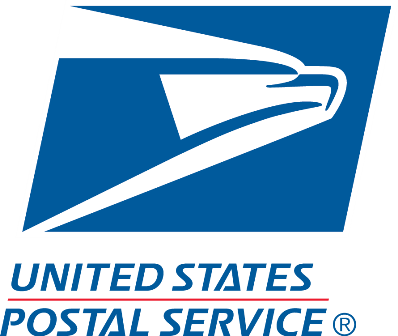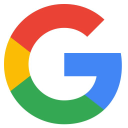How I Started A $10K/Month Pet Photography Studio
Hello! Who are you and what business did you start?.
My name is J.B. Shepard. I am Baltimore, Maryland based mixed media artist and the founder of Puptrait.
As you may have guessed already, the name “Puptrait” is a portmanteau of the words “Puppy” and “Portrait”. And, that is a pretty apt description of the business.
I often get billed as a studio pet photographer. But that’s not entirely an accurate description, as much as it is what potential clients are searching for when they find us.
Don’t get me wrong, photography is a critical piece of my workflow. But it’s not what we sell. It’s not even the most time-intensive or involved step in our commission process. I’m arguably more notable for making costumes out of garbage than I am for my lighting or camera skills.
In fact, I would go so far as to say our studio has more in common with those digital art farms that you see advertised everywhere cranking out Renaissance-style composite portraits than it does with most pet photographers. In that, we are building conceptual imagery from the ground up and really only monetizing the final physical art piece.
The key difference being with us the images aren’t...

Download the report and join our email newsletter packed with business ideas and money-making opportunities, backed by real-life case studies.

Download the report and join our email newsletter packed with business ideas and money-making opportunities, backed by real-life case studies.

Download the report and join our email newsletter packed with business ideas and money-making opportunities, backed by real-life case studies.

Download the report and join our email newsletter packed with business ideas and money-making opportunities, backed by real-life case studies.

Download the report and join our email newsletter packed with business ideas and money-making opportunities, backed by real-life case studies.

Download the report and join our email newsletter packed with business ideas and money-making opportunities, backed by real-life case studies.

Download the report and join our email newsletter packed with business ideas and money-making opportunities, backed by real-life case studies.

Download the report and join our email newsletter packed with business ideas and money-making opportunities, backed by real-life case studies.





























